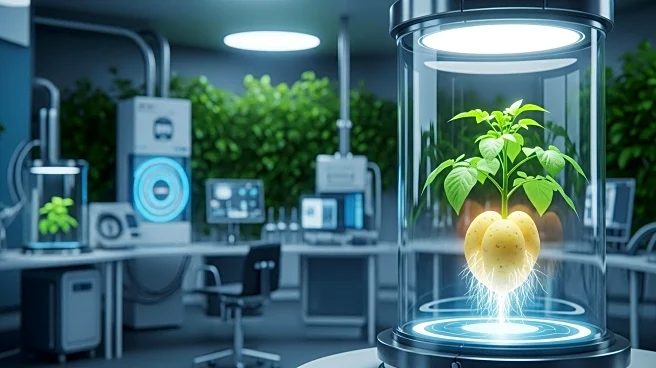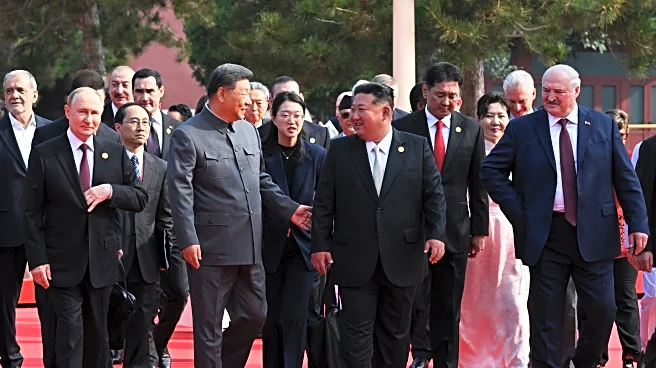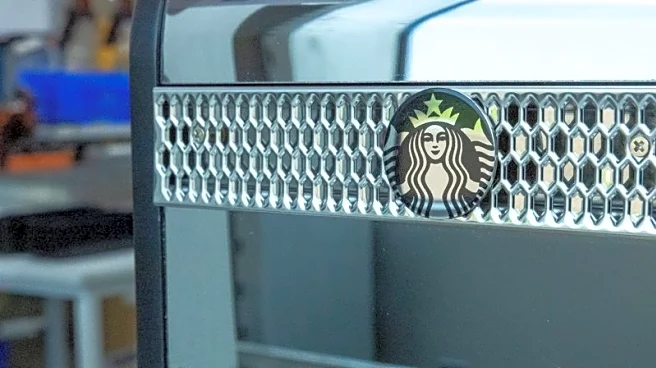What's Happening?
Solynta, a Dutch biotech firm, has developed a new technology that allows potatoes to self-pollinate and produce non-GMO true seeds. This innovation addresses the challenges of potato breeding, which traditionally relies on clonal propagation through tubers. Clonal propagation ensures genetic consistency but limits genetic diversity and can perpetuate diseases. Solynta's technology enables the creation of genetically uniform inbred lines, making potato breeding more predictable and efficient. The company has secured €20 million in venture debt financing from the European Investment Bank to further develop this technology. Solynta's approach could significantly reduce the need for storing and transporting tubers, offering benefits in terms of cost and environmental impact.
Why It's Important?
The development of hybrid seed technology for potatoes is significant as it addresses the inefficiencies and limitations of traditional potato breeding methods. By enabling self-pollination and genetic uniformity, Solynta's technology can accelerate the breeding process and introduce new traits more quickly. This is crucial in adapting to climate change and combating diseases like late blight, which historically caused the Irish potato famine. The technology also offers economic benefits by reducing storage and transportation costs associated with tubers. As the potato industry embraces hybrid breeding, it could lead to more resilient and productive potato varieties, benefiting growers and consumers alike.
What's Next?
Solynta plans to expand its hybrid seed technology to various markets, including Europe, Africa, and the United States. The company is working on market access requests in the U.S. and collaborating with the American Seed Trade Association to standardize the importation of true potato seeds. Solynta is also focusing on developing potato varieties with traits like late blight resistance and virus resistance. The company aims to release several varieties in the EU and African markets by the end of the year or early next year. As the technology gains acceptance, it could lead to widespread adoption and further innovations in potato breeding.













